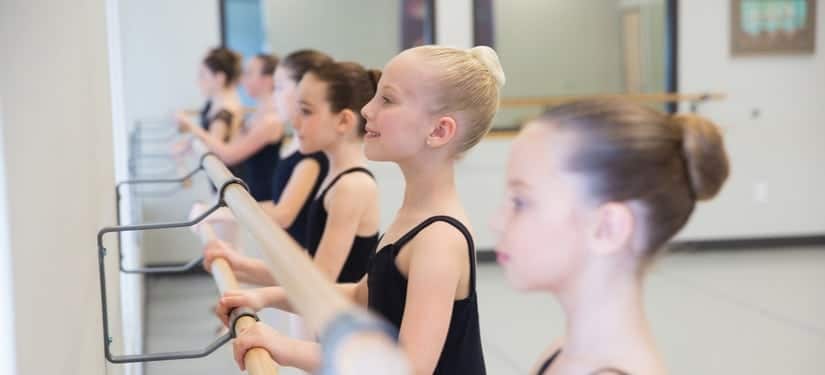The hair is considered to be the “crowning glory,” which means that it is a man or woman’s most beautiful and swoon-worthy part of the body. For some individuals, the hair can perfectly enhance the face and improve confidence, and for others, when given the right hairstyle, can give facial features a much-needed boost.
Not all the time, however, can our hair follow whatever we want. It is, after all, dead cells. Unlike the fingers and feet, you cannot control your tresses through your mind. Thus, it tends to become unruly and stubborn, especially at times when the weather is too hot or too windy.
Styling the hair is a welcome savior to all the hassle of the tresses being all over the place. If you don’t want it plunging all over your soup, being entangled right next to your seatmate, or hiding your makeup you worked all morning to place, you put out a hair tie and style your hair into a very tight bun to keep it out of the way.
But, if you wear it too tight too often, buns and even other hairstyles that cause you not to move your head because of the hair pulling your scalp can cause damage to the hair follicles, eventually leading to traction alopecia.
What is traction alopecia?
Traction alopecia is a hair problem caused by excessive and repeated pulling of hair in one area. If left untreated, it can cause permanent damage to the hair follicles, leading to baldness where constant pulling is being experienced. The illness can start from subjecting your hair to the same hairstyle over and over.
Aside from tight buns, traction alopecia can happen after wearing tight braids and ponytails, hair extensions, weaves, and dreadlocks for extended periods of time. African-Americans who always sport this ‘dos are more prone to this problem because the latter is part of their culture, not to mention the fact that it is easier to maintain than letting their voluminous hair loose.
Once the damage has become permanent, patients would notice a thinner, coarser hair, and a receding hairline specifically in the temples and at the back of the ear. This effects can be a source of ridicule among others, leading to fragile self-esteem and decreased confidence.
How to avoid it
Unlike other types of alopecia (wherein baldness is more permanent), traction alopecia can be reversed. Apparently, the first thing you must do is avoid wearing tight hairstyles all the time. However, if your work requires it to stay up, let it all loose immediately after work, especially as you sleep. This gives your hair follicles time to rest after hours of enduring and holding on to your hair.
Changing your hairstyle every once in a while can also help in preventing traction alopecia from happening. By transferring the stress of pulling to other locations of your scalp, the previous ones would be given time to rest.
Investing in satin or silk pillowcases can help in avoiding friction to your hair while you sleep. It also prevents you from waking up with your hair messy and all over the place.
Finally, if the damage is irreversible, the last option would be to have a hair transplant surgery. To know if that is the case with your hair, visit a dermatologist and let him or her confirm of the condition. He or she can also discuss with you the other alternatives available should there be any.
Letting it all loose may not be convenient on a windy day, but it can significantly benefit your hair. Besides, it is your crowning glory, so be proud of showing its beauty by freeing it from hair ties.

